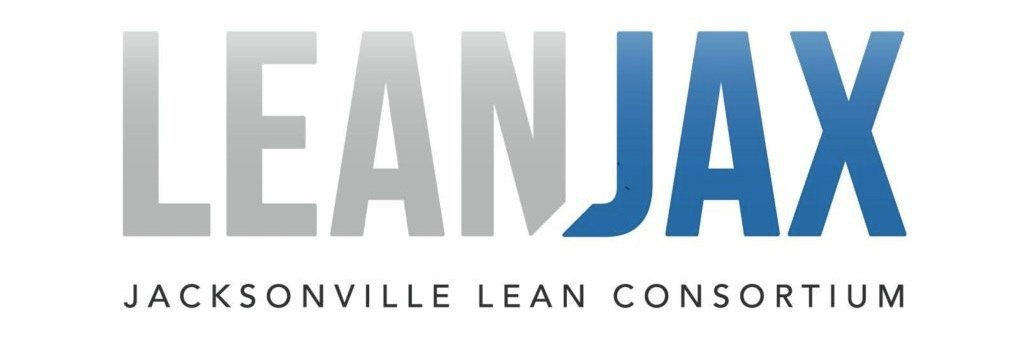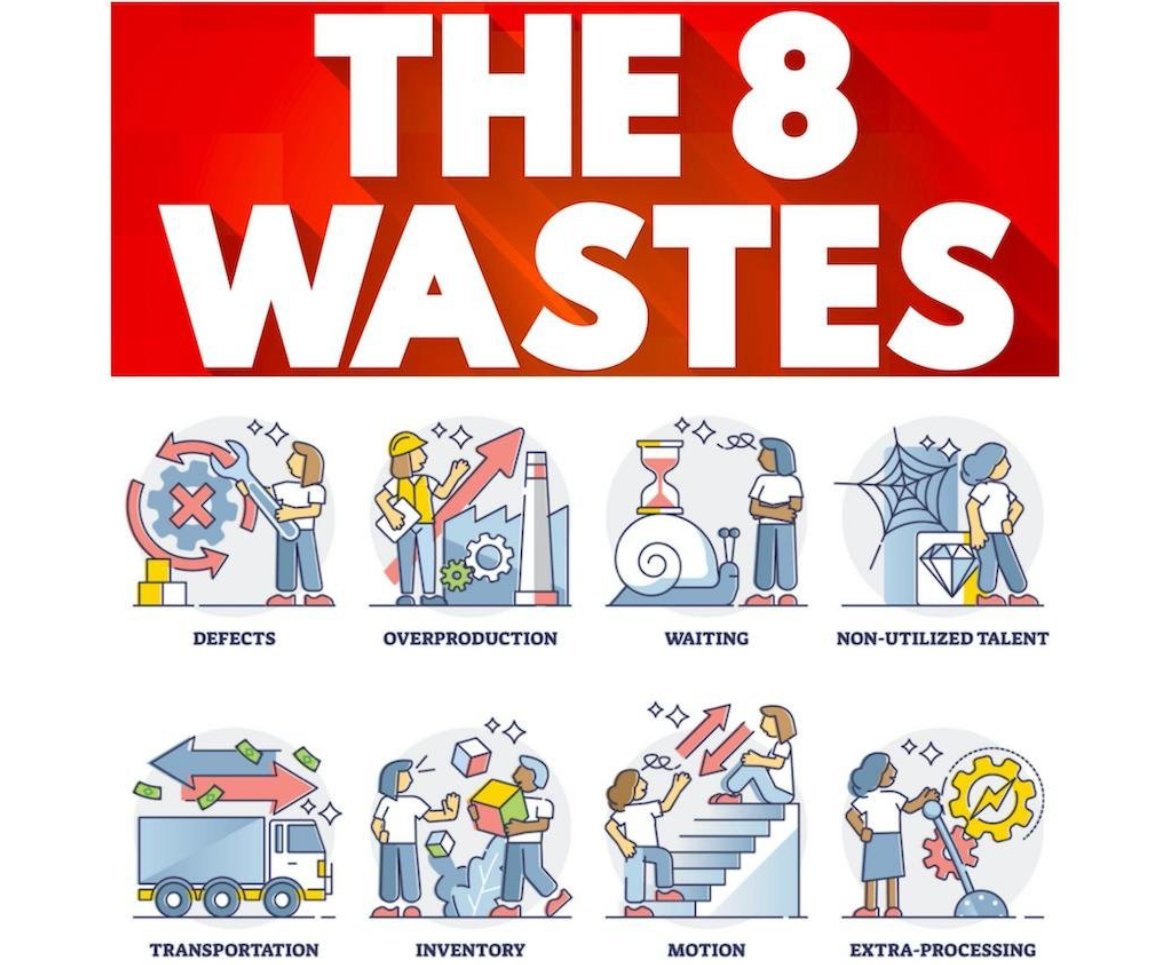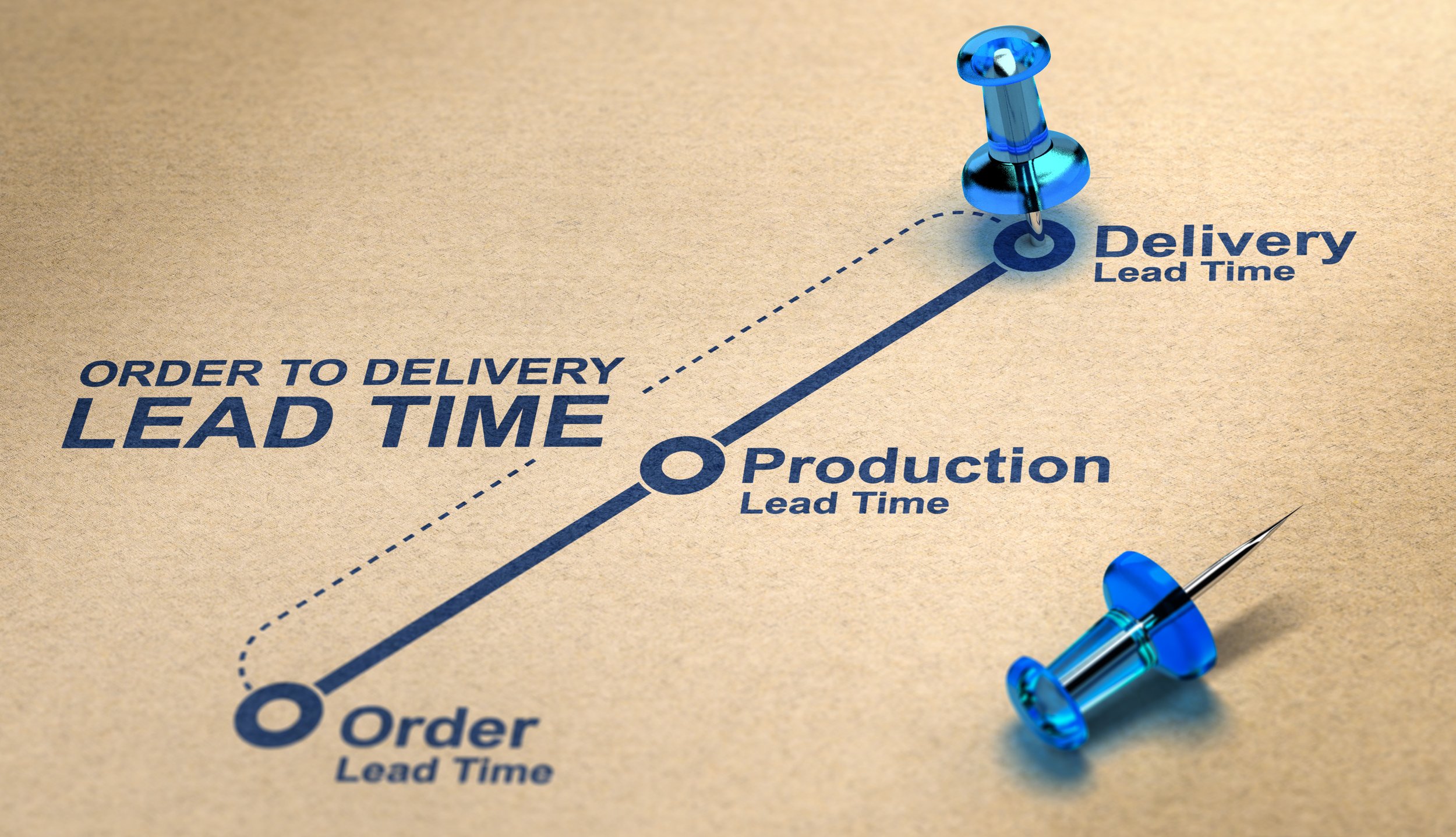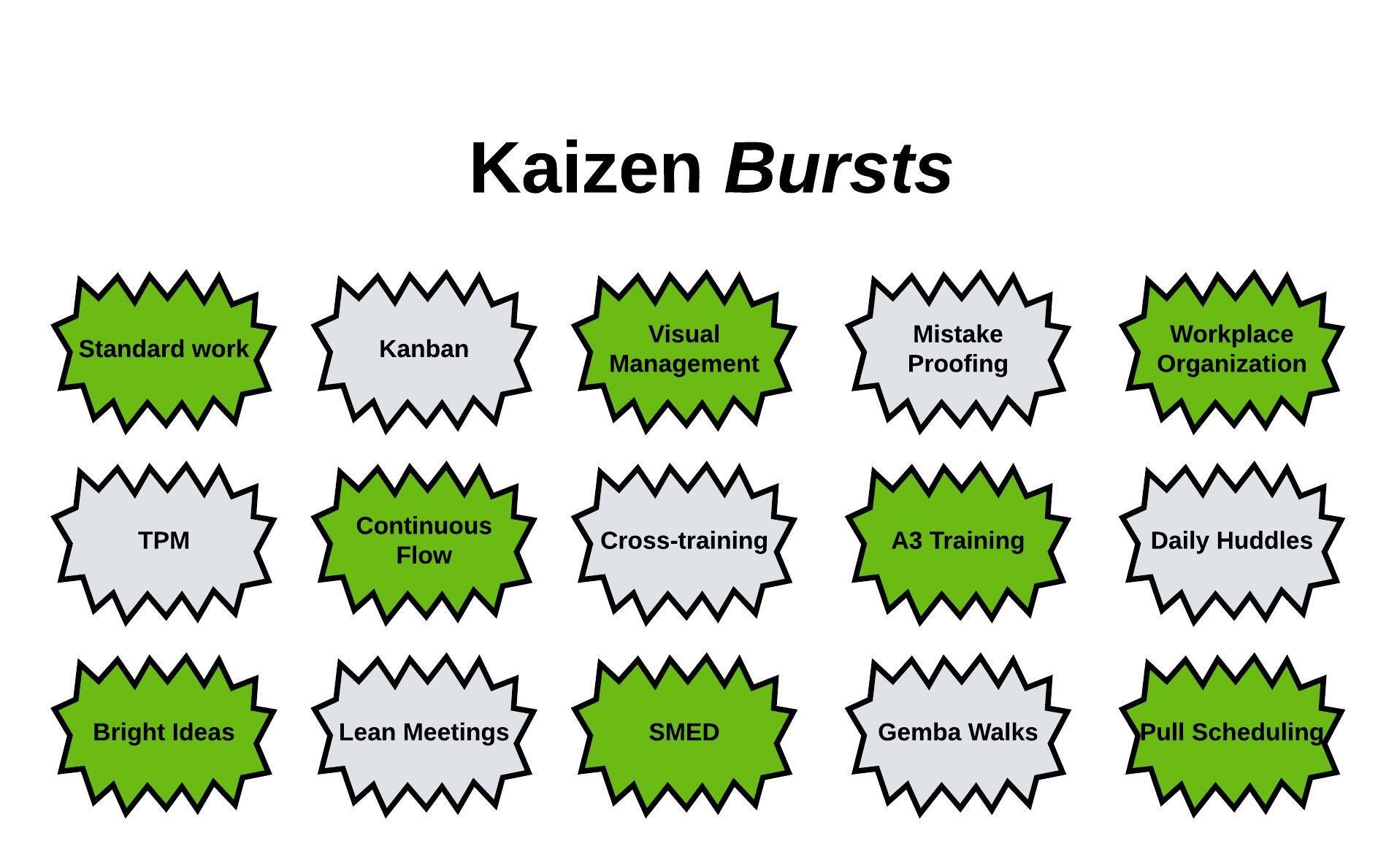Eliminate the 8 Wastes!
Pic: Illustration of four types of headaches with the 8 wastes as the fourth example.
When working with our members, we find it valuable to reinforce the importance of identifying and eliminating the 8 types of waste found in every work process. The prime objective for a Lean enterprise is to create an uninterrupted, smooth flow of value to the customer— one without interruptions, defects, rework, and frustration. Waste creates a barrier to this flow and therefore; must be removed.
When an organization’s workers are empowered to develop eyes for waste, they can remove headaches and frustration, improve their productivity, and set the tone for a thriving continuous improvement culture.
Three Categories of Work
What does the customer value? Well, it can be broken down into three categories.
Value-Added: Meets three criteria; A.) The task transforms the product or service. B.) The customer is willing to pay for it. C.) The task is completed correctly the first time.
Non-Value-Added But Required: Tasks do not provide value to the ultimate customer, but are necessary for the organization to run the business. (i.e., HR, Compliance, Legal)
Waste: All other activities; Any action, task, process or product that adds time and cost without adding value as determined by the customer.
Value StreamsA Value Stream refers to all the tasks, steps, and activities required to take the customer’s order, produce the product (provide the service), and deliver it to the customer. The typical value stream includes 10% value, 30% non-value-added but necessary, and 60% pure waste.
What are The 8 Wastes?
Defects: Work that contains errors or lacks something of value to the customer; often triggers rework and delays in the process.
Overproduction: Pushing work downstream irrespective of customer demand: too much, too early, and/or too fast.
Waiting: Idle products, parts, services, workers, equipment, or information waiting to begin an activity; or a customer waiting for delivery because of a delay in the process.
Non-Utilized Talent: Failure to effectively involve employees in problem-solving and continuous improvement activities.
Transportation: Excessive conveyance of raw materials, WIP, finished goods, supplies, equipments, or information.
Inventory: Storing more raw materials, WIP, finished goods, supplies, equipment, or information than necessary.
Motion: Any wasted movement by people in doing their work or by a customer receiving a service.
Extra-Processing: Processing beyond the requirements of the customer; unnecessary extra effort in completing the steps of the process.
Why Eliminate Waste?
Waste elimination is generally one of first aims in any Lean implementation. By targeting the eight categories of waste an organization can accelerate its’ Lean journey.
Waste Elimination Steps
Provide Awareness Training for Workers at Various Levels on the 8 Wastes
We recommend first teaching employees at all levels about the 8 wastes and then providing training on root cause analysis and additional Lean fundamentals.
Identify a Value Stream to Observe.
Select a value stream that directly and significantly impacts your company’s key result areas: Quality, Cost, Delivery, Safety, Morale, and Productivity.
Go to the Gemba to Observe Value Stream.
The Gemba refers to the Japanese term for actual place, often refers to anywhere where value-creating work occurs. Service organization Gemba examples include offices, retail shop floors, virtual platforms, job sites, etc.
3. Map at Value Stream Level
Value Stream Mapping refers to the structured process in which a cross-functional team diagrams and analyzes the steps of a value stream--the material and information flows needed to bring a product or service from order to delivery. Value stream mapping enables organizations to visualize and grasp the current reality, while also identifying the gaps between it and their desired future state.
4. Make it Visible: Once the waste is identified it must be displayed for everyone to see.
5. Establish Key Metrics to Track
Lead Time refers to the total time it takes a product or service to go through an entire process or end-to-end value stream; Lead time represents the most important metric to improve (in both production and non-production environments), since focusing on lead time reductions forces problems to the surface, improvement teams will need to eliminate waste throughout the value stream.
In production value streams, lengthy changeovers are an indicator of excessive waste in the process. A changeover refers to the process of switching from the production of one product or part number to another in a machine or a series of linked machines by changing parts, dies, molds, fixtures. Changeover Time refers to the time elapsed between the last piece in the run just completed and the first good piece from the process after the changeover.
Other key metrics may include Quality (Defect percentage, Rework percentage, First pass yield, etc.) , Quantity (lot sizes, near misses, handoffs, space in facility, etc.), and/or Productivity (
6. Select Target Conditions
A target condition is a tangible goal that includes the desired outcome performance, desired operating pattern, and timeline to complete. Target conditions strive to bridge the gap between current performance and desired performance.
Target 50% improvement through initial waste elimination exercises!
Hours of waste eliminated is an ineffective metric. Did it improve quality and safety in a measurable way, customer satisfaction, significantly reduce the lead time of the value stream?
6. Conduct Root Cause Analysis
Analytical approach used to identify a defined problem’s (evidence of waste) root cause, then develop countermeasures that will prevent the problem’s reoccurrence. Root Cause Analysis (“RCA”) is one of the most important aspects of a successful Lean transformation and is a necessary skill for individuals throughout every organization. Helpful RCA tools include the Fishbone Diagram, Five Whys, CEDAC, and Pareto analysis.
7. Brainstorm and Select Countermeasures to Address Root Causes
8. Implement Lean Countermeasures.
Kaizen bursts are often the action items implemented during rapid improvement events.
9. Document Results and Share.
10. Identify Next Target Condition
This stage often includes the implementation of an employee suggestion system focused on using root cause analysis tools to eliminate additional waste.
Employee suggestion systems provide workers with the ability to “learn to see” the health of any process through focused observation and experimentation—generating and testing improvement ideas every day.
You can find a post on our recommended employee suggestion system here.
Summary
It doesn't take a superhero to identify and eliminate the 8 wastes in your organization's value streams, but bringing a continuous improvement mindset to work each day provides a comparable impact. This mindset is a core tenet of every successful Lean transformation.
Now is the time to eliminate headaches in every work process!

















